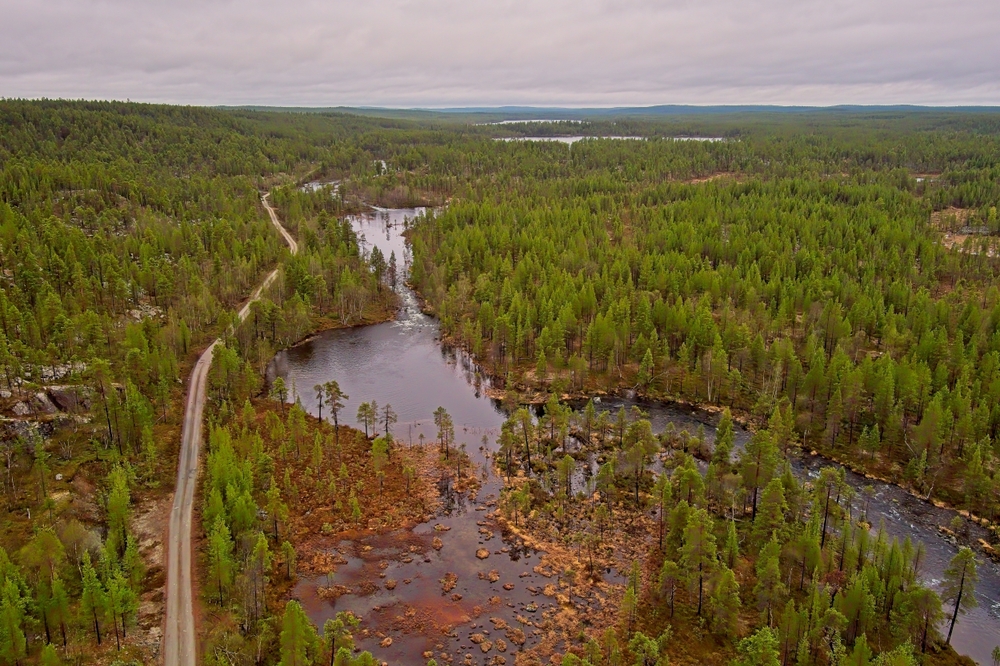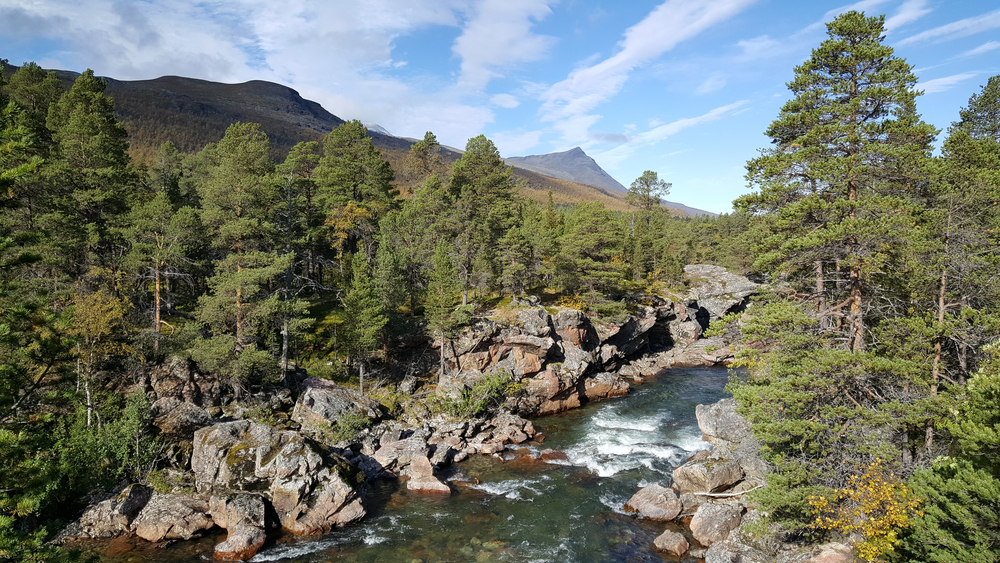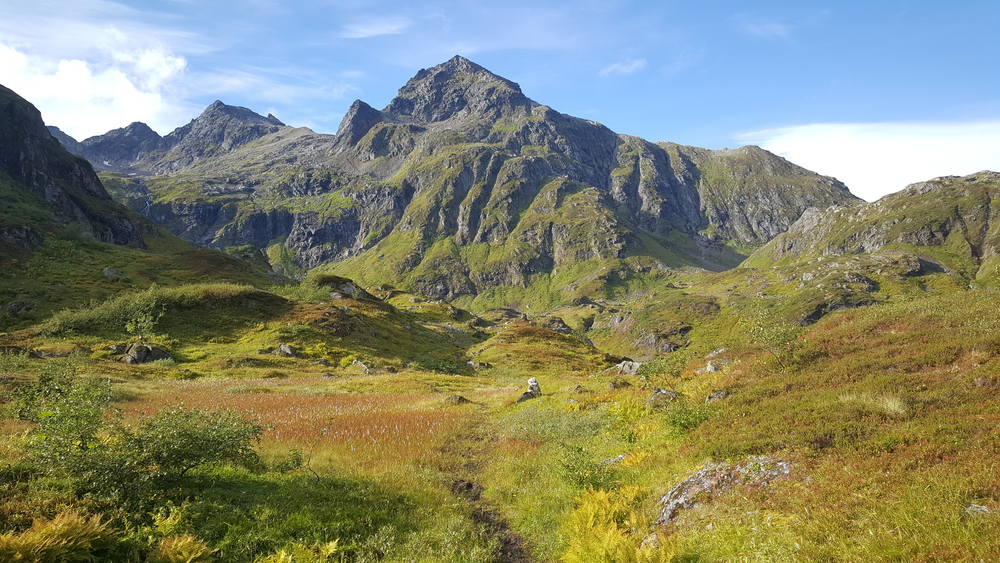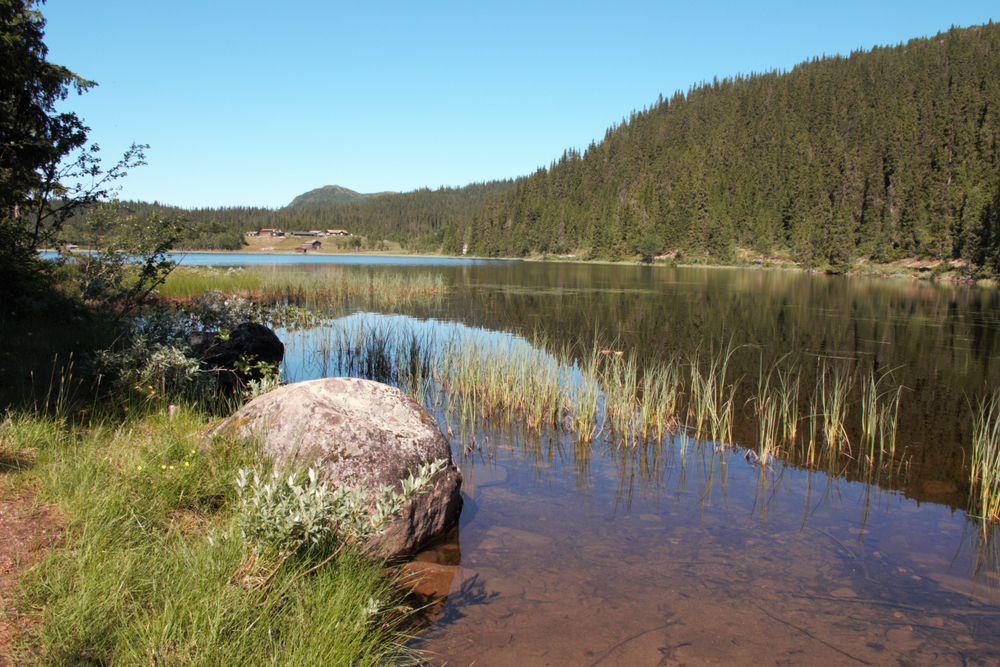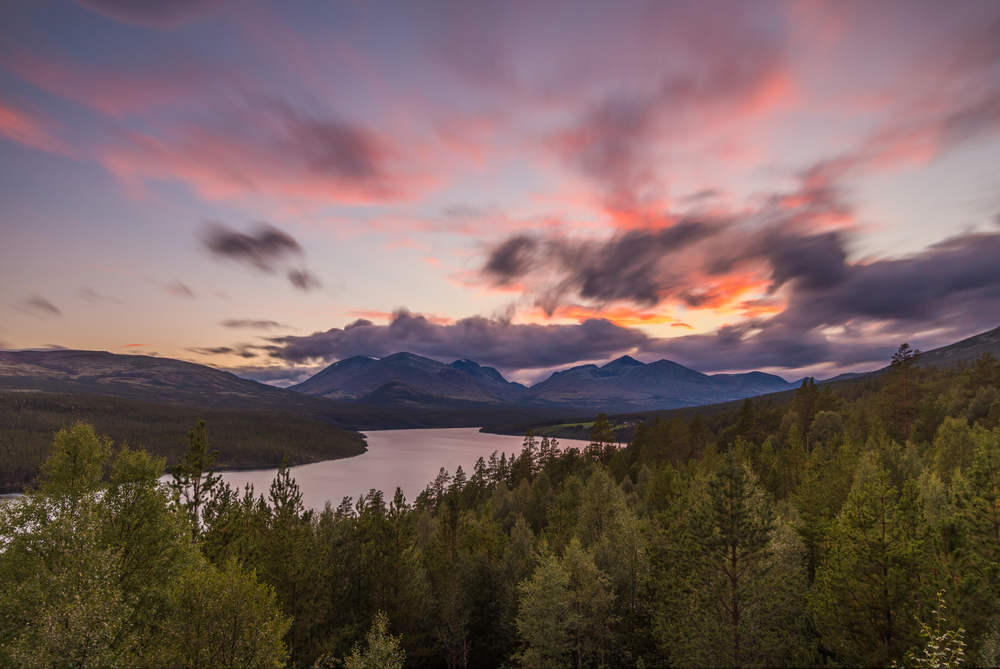Øvre Pasvik Overview
Øvre Pasvik National Park, or Øvre Pasvik nasjonalpark in Norwegian, is a remote and pristine wilderness located in the far northeastern part of Norway, near the borders of Finland and Russia.
The park covers an area of approximately 119.6 square miles (310 square kilometers) and is part of the larger Pasvik-Inari Trilateral Park, which extends into Finland and Russia. This vast and unspoiled landscape is characterized by its expansive boreal forests, wetlands, and numerous lakes, making it one of Norway’s most unique natural areas.
It is situated within the municipality of Sør-Varanger in Troms og Finnmark County, an area known for its rich Sami heritage and close connection to Arctic nature.
The terrain of Øvre Pasvik National Park is largely dominated by old-growth pine forests, making it one of the last remaining stretches of primeval taiga in Norway. This forested expanse is interspersed with open marshlands, rocky outcrops, and small lakes that provide a diverse range of habitats.
One of the park’s defining geographical features is the large Lake Ellenvatnet, which reflects the untouched beauty of the surrounding landscape. Rolling hills, bogs, and small rivers shape the terrain, creating a mosaic of ecosystems that support an impressive variety of flora and fauna.
The slow-growing pine trees in the park, some of which are several hundred years old, stand as silent witnesses to the region’s long and undisturbed natural history. The landscape is further enriched by the presence of permafrost in some areas, which adds to the park’s unique ecological characteristics. Wildlife enthusiasts visiting Øvre Pasvik National Park may encounter a variety of species that thrive in this remote wilderness.
The park is home to Norway’s largest population of brown bears, making it one of the best places in the country to catch a glimpse of these elusive animals. Other large mammals include moose, wolverines, lynx, and red foxes, each playing a crucial role in the park’s ecosystem. The Pasvik River, which flows near the park, supports beavers, while smaller mammals such as pine martens and Arctic hares are also commonly found.
Birdwatchers will find the park especially rewarding, as it serves as an important breeding ground for various bird species, including Siberian jays, great grey owls, and rough-legged buzzards. The park’s wetlands attract migratory birds like cranes and geese, adding to its appeal as a birding destination.
Among the park’s most popular features is the Treriksrøysa, a historic tripoint marker where the borders of Norway, Finland, and Russia converge. This remote landmark offers visitors a unique opportunity to stand at the meeting point of three countries while surrounded by vast wilderness. The park is also known for its excellent opportunities for hiking, canoeing, and fishing.
Trails meander through the dense forests and open landscapes, offering breathtaking views and a sense of solitude that is rare in today’s world. In winter, visitors can explore the park on skis, experiencing the stark beauty of the snow-covered taiga. The park’s untouched lakes and rivers provide excellent fishing, with species like pike and perch commonly found in the waters.
Conservation efforts in Øvre Pasvik National Park focus on preserving the integrity of the boreal forest ecosystem and protecting the habitat of its unique wildlife. Challenges include mitigating the impacts of climate change, which affects permafrost conditions and alters habitats, as well as managing human activities such as logging and hunting in areas surrounding the park.
Cross-border conservation cooperation with Finland and Russia has been a significant success, leading to a more unified approach to protecting this valuable wilderness. The park remains an important refuge for species that are increasingly under pressure in other parts of Europe, ensuring that this last stretch of Norwegian taiga remains intact for generations to come.








































































